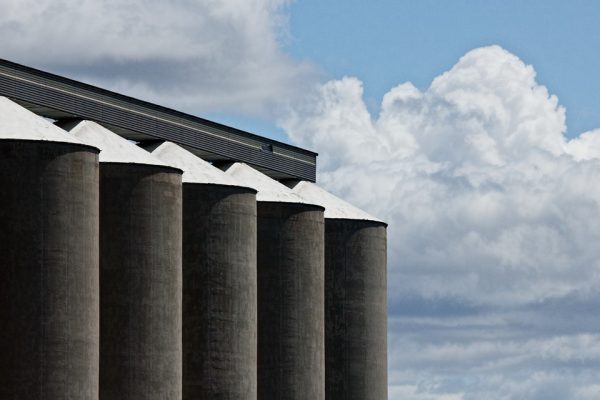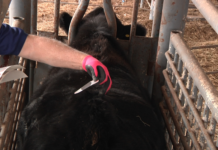Did you know that there were 37 African countries on the FAO (Food and Agriculture Organization of the United Nations) Low-Income Food_Deficit Countries list in 2016? Furthermore, they state that the estimated number of undernourished people rose to 815 million people globally in 2016. That tells us that food security is a major concern, especially in Africa where cases of widespread starvation have been documented for decades.
What is the state of our grain right now?
Grains are right at the top of the list when it comes to global food staples. Everything from rice to wheat, people eat grains daily in bread, pasta and more other foodstuffs than we can list in this article.
The problem with this is that, according to The World Bank, FAO and the African Post-Harvest Losses Information System (APHLIS) estimate that 8% and 10-12%, respectively, of Sub-Saharan Africa’s harvested grain is lost during handling and storage.
That means that grain stores for human consumption as well as animal feed storage are all at risk, with animal feed storage deficiencies further affecting other food products such as meat, dairy, and so forth.
The challenges faced in grain storage
While there are various challenges in grain storage, based on the setting and economic conditions of where the storage and handling takes place, there are a few common challenges faced by most farmers and storage sites. These include temperature, moisture, insects, and rodents, among others.
Effective grain storage: Overcoming the challenges
Grain Handling:
As mentioned earlier, an alarming amount of grain is lost during both handling and storage. That is why grain storage companies like GSI have begun to manufacture more efficient and gentle handling technology such as chain loops. These chain loops provide a means of conveying large quantities of grain to storage via a gentler, more efficient process which does not harm/crush the grains as much as earlier methods.
Drying:
When grains are harvested, they still contain a lot of moisture. This moisture, if left, can provide an ideal breeding ground for a variety of moulds and insect species, as well as lowering the quality of the grain. That is why the most effective modern grain storage facilities and methods involve a strictly controlled drying and aeration process. In this way you can ensure that your grains have been properly dehydrated before storage, eliminating a host of threats faced in the storage phase.
Seamless storage facilities:
The greatest safeguard against letting in pests and extra moisture is to simply not let them in. That is why you need to make sure that your grain and animal feed storage facilities and properly sealed and watertight, as evidenced by GSI’s Arch Span Structures. And these are not the only innovations in this regard.
If you are looking to improve on or learn about your grain storage needs, AgriFoodSA has the ideal solution in their agricultural product directory. They have a list of grain handling businesses listed for you to consult with, among various others in other areas.
So… how will you deal with improving grain storage and food security?









